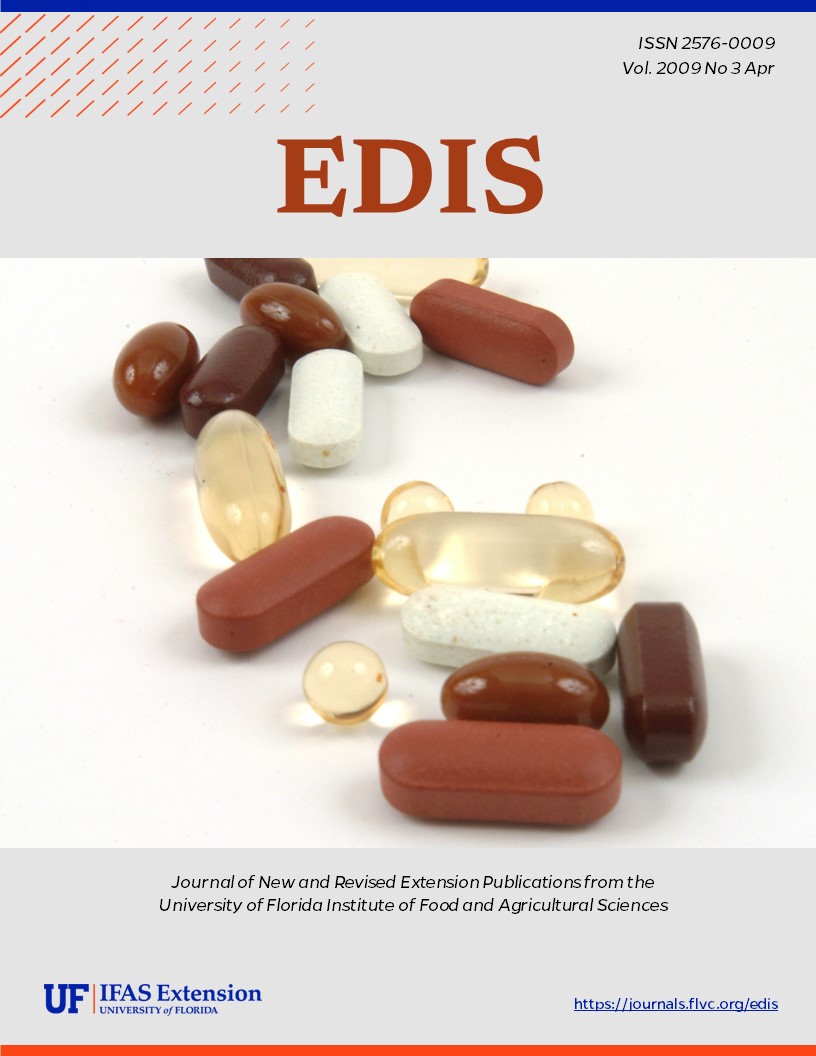Abstract
ENH1118, an 11-page fact sheet by Robert H. Stamps and Lance S. Osborne, provides an overview of the main mite pests of ornamental plants, detection, and control. Includes references and tables listing miticides and manufacturers/distributors. Published by the UF Department of Environmental Horticulture, April 2009.
References
Denmark, H. A. 1969. Two-spotted spider mite on chrysanthemum. Fla. Dept. of Agr. and Consumer Serv., Div. of Plant Industry, Ento. Circ. No. 89.
Osborne, L. S., L. E. Ehler and J. R. Nechols. 1985. Biological control of the twospotted spider mite in greenhouses. Univ. of Fla., Inst. of Food and Agr. Sci., Agr. Expt. Sta. Bul. 853 (technical) http://mrec.ifas.ufl.edu/lso/SpMite/b853a1.htm.
Osborne, L. S. and J. Peña. 1997. More than you want to know about mites and their biological control on ornamentals. Proc. of the 13th Society of American Floristsˇ Conference on Insect and Disease Management on Ornamentals. pp. 53-85.
Sabelis, M. W. 1981. Biological control of twospotted spider mites using phytoseiid predators. I. Agric. Res. Report 910, Pudoc, Wageningen, the Netherlands.
Zhang, Z. 2003. Mites of Greenhouses: Identification, Biology and Control. CABI Publishing, Wallingford, Oxfordshire, UK.

